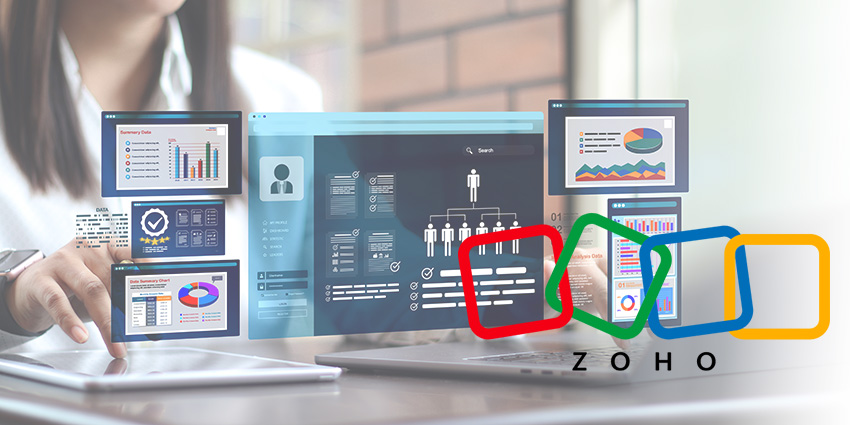Enterprises are tasked with managing an overload of data and limited time to act on it. That’s one theme that kept resurfacing across the Contact Centre Expo at Excel London.
Speakers pointed to the widening gap between aspiration and execution, especially as AI exerts increasing pressure to demonstrate innovation.
As Natalie Higgins, Solutions Sales Executive at NiCE put it:
“There’s an overload of data and a very short amount of time… frontline team managers, supervisors, executives are spending hours trying to mix all of this information together, but by the time they’ve done that analysis the opportunity has passed.”
The manual approach of the past no longer matches the pace of the environment. “The speed to deliver has changed,” Higgins said, “Using the manual, time consuming process does not make it easy for you to drive continuous optimization.”
Too Much Data, Too Little Clarity
Speakers acknowledged a repeating cycle. Enterprises face the same issues year after year but struggle to move forward. As one speaker put it, “Even though we’ve had the same challenges and outcomes for the last 10 plus years, organizations are stuck,”
“And why is that? Because there’s too much data that we don’t make enough sense of.”
Describing the challenge as “super hard”, Higgins noted that “demands keep increasing and the challenges are rising… the speed to deliver has changed, and that’s what makes it difficult.”
In the rush to respond quickly, teams confront a wall of questions: “Where is my data? What data do I have? And how on earth do I go about it for any particular solution?” Higgins said.
The issue is not the lack of data but the lack of time, capability, and coherence to make it usable.
“There is a massive disconnect between the strategic direction that a business wants a company to go in and actually, how do you get to that insight?” said Andrew Tucker, Solution Engineer at NiCE.
“You know that the data exists for you to be able to make the decisions and roadmap these initiatives.”
Data silos make it difficult to move with agility. “There is a massive time lag between ‘I want to achieve a certain thing,’ and ‘here is a roadmap for how you achieve that,’” Tucker added.
To make matters worse, “we’re layering on an extra level of complexity… caused by every single vendor out there… pushing the AI narrative.”
Data Connection, Not Just Collection
When it comes to data management, teams often lack the ability to translate it into meaningful action. “How do we make a data-driven decision… to be able to influence that?” Tucker asked, describing organizations that spend “weeks and months worth of work… to say what is happening, why it’s happening, and how do I forecast outcomes?”
Building bigger datasets won’t solve the problem. What matters is linking information in a way that reveals what’s really happening.
“This isn’t about data collection. This is about data connection,” Higgins said.
There is much debate in the industry about the level of data organization needed to be able to roll out AI-based applications.
Kim Baker, Head of Operational Support Services at UK Housing Association L&Q warned: “There’s no point launching AI if your data is not right in the first place, because where’s it going to look to answer these questions?”
When enterprises can get a handle on their data, they can draw out actionable insights, and AI can be a tool to help manage and extract data, making it AI-ready.
“Data is becoming more readily available. It’s more insightful. We can make better data driven decisions as organizations,” said Chris Rainsforth, Director of Learning and Innovation at The Forum.
“Some people haven’t caught up with that data yet and are still sitting back in that old way of thinking. That change will continue, and it’ll continue to drive us.
Marco Ndrecaj, Director of Customer Experience Management at Shared Services Connected, described large-scale operations facing overwhelming customer segments and datasets: “You’re like, oh my god, what am I looking at first? And I think that’s where the strength of AI comes to play.”
“Let AI take care of the data, take unstructured data, the structured data, and then turn it into insight. Once that’s done… let the human with empathy and with care to take it from there.”
As the conversations made clear, it’s imperative that enterprises turn data “overload into clarity,” and strike the right balance between automation and human judgement.







